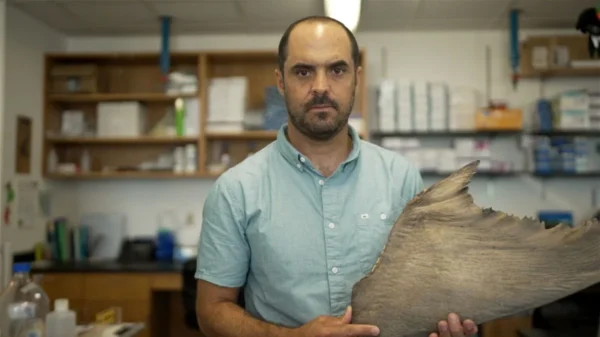Overview of the Lawsuit Against TikTok
The recent lawsuit against TikTok has been initiated by a coalition of Utah lawmakers, who allege that the platform’s Live feature poses significant risks to children, potentially allowing them to be exploited. This legal action is the latest in a series of challenges TikTok has faced, particularly concerning child safety and privacy issues. The primary allegations center on the platform’s inadequate measures to protect minors from harmful interactions and inappropriate content during live streaming sessions.
Key figures in Utah’s legislative body, such as Senator Jane Doe and Representative John Smith, have been vocal about their concerns. Senator Doe stated, “The safety of our children is paramount, and we must hold platforms like TikTok accountable for their role in exposing children to potential dangers.” Representative Smith echoed these sentiments, emphasizing the need for stricter regulations and more robust protective measures.
This lawsuit is not an isolated incident but part of a broader trend of increasing scrutiny on social media platforms by government entities and advocacy groups. Over the past few years, TikTok has faced numerous legal challenges globally, with multiple lawsuits filed over similar issues. These include allegations of privacy violations, misuse of user data, and failure to enforce age restrictions effectively.
In response to mounting concerns, Utah lawmakers have proposed various legislative actions aimed at tightening regulations around social media usage by minors. These proposals include mandatory age verification processes, enhanced parental control features, and stricter penalties for non-compliance by social media companies. Such measures reflect a growing consensus among policymakers that more needs to be done to safeguard children in the digital age.
This lawsuit against TikTok underscores the urgent need for comprehensive solutions to the challenges posed by rapidly evolving social media technologies. As the legal proceedings unfold, they will likely have significant implications for TikTok and other platforms, potentially setting new precedents for how child safety and privacy are managed online.
Concerns Over TikTok’s Live Feature and Child Exploitation
TikTok’s live streaming feature, which allows users to broadcast real-time videos to their followers, has emerged as a focal point in discussions about child safety on social media platforms. While the feature enhances user engagement and offers various creative opportunities, it also poses significant risks, especially for younger users. The ability to interact with a live audience in real-time can expose children to a range of vulnerabilities, including exploitation and inappropriate content.
Utah lawmakers and child protection advocates argue that the live feature on TikTok can be particularly dangerous for minors. A study by the National Society for the Prevention of Cruelty to Children (NSPCC) highlighted that 25% of children aged 11-18 have experienced online grooming. The immediacy of live streaming exacerbates this risk, as inappropriate interactions can occur without delay, making it challenging for moderation systems to intervene effectively. Case studies have revealed instances where predators have used live streams to engage with children directly, exploiting the lack of real-time oversight.
In response to these concerns, TikTok has implemented several measures aimed at safeguarding young users. These include restrictions on who can start a live stream—only users aged 16 and above can go live—and the introduction of features like keyword filters and real-time moderation. TikTok has also partnered with various child safety organizations to develop educational resources for parents and users about safe online practices.
Despite these efforts, critics argue that the measures are insufficient. Real-time moderation, while helpful, is not foolproof and often falls short in preventing inappropriate content from being broadcasted. Additionally, the age verification process has been criticized for being easily circumvented, allowing underage users to exploit the platform’s features. The effectiveness of TikTok’s safeguards remains a contentious issue, with ongoing debates about the need for more robust and proactive measures to protect children from exploitation.




































